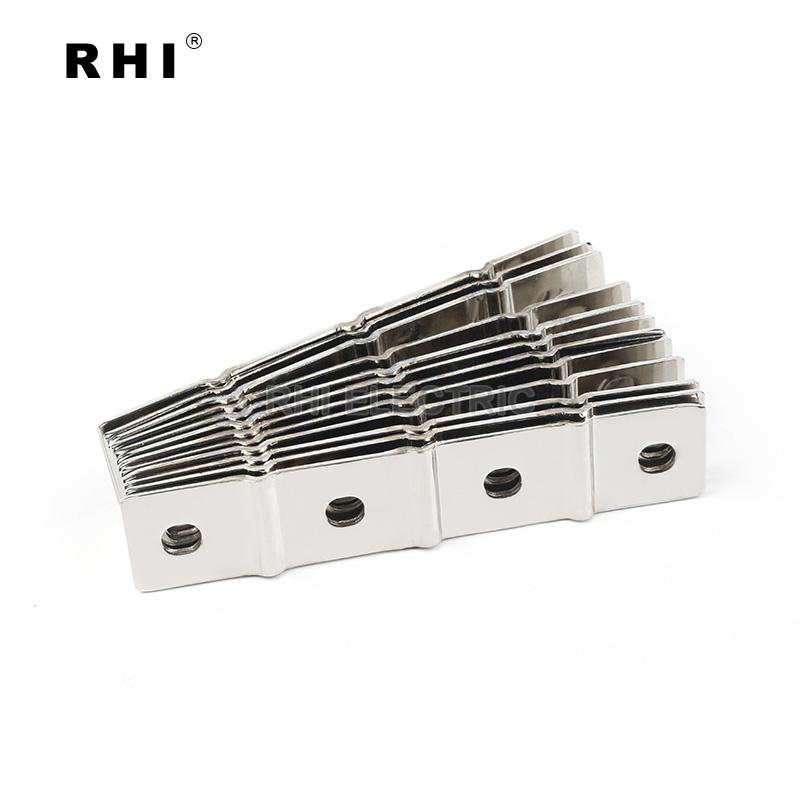In recent years, the use of bus bars in electrical systems has become more prevalent than ever before, due to their ability to conduct electricity at high currents over relatively short distances. Bus bars serve as a critical element in electrical systems, and their performance can have a significant impact on the overall efficiency and safety of these systems. While copper has traditionally been the material of choice for bus bars due to its excellent conductivity and low resistance, aluminum has become increasingly popular due to its lower cost and lighter weight.

As the demand for bus bars continues to grow, competition between aluminum and copper manufacturers in China has intensified. This has led to an increased focus on the advantages and disadvantages of each material, and a growing debate over which material is the best choice for different applications.
One of the primary advantages of aluminum bus bars is their lower cost and weight. Aluminum is significantly less expensive than copper, making it an attractive option for budget-minded consumers or businesses. Additionally, aluminum is much lighter in weight than copper, making it easier to transport and install in electrical systems. This can help to reduce labor costs and improve the overall efficiency of an electrical system.
However, there are also several drawbacks to using aluminum bus bars. One of the primary concerns is their lower electrical conductivity when compared to copper. This can result in increased resistance and heat buildup, which can lead to a decrease in the performance and lifespan of an electrical system. Additionally, aluminum has a lower melting point than copper, which can limit its use in high-temperature environments.
On the other hand, copper bus bars are known for their excellent electrical conductivity and low resistance. Copper is considered to be one of the best electrical conductors in the world, and is often used in high-performance applications where the performance of an electrical system is critical. Additionally, copper has a high melting point, making it an excellent choice for use in high-temperature environments.
However, copper bus bars are also more expensive and heavier than aluminum. This can make them less appealing for consumers or businesses that are looking to save money or reduce the weight of their electrical systems.
Despite these differences, both aluminum and copper bus bars have their advantages and disadvantages, and there is no clear winner between the two. The choice of which material to use will depend on a variety of factors, including cost, weight, performance requirements, and the specific application of the bus bar.
As the competition between aluminum and copper bus bar manufacturers in China continues to grow, it is likely that we will see new innovations and technologies emerge that will help to improve the performance and efficiency of these critical components. This will help to ensure that bus bars remain a vital part of electrical systems for many years to come.
In conclusion, the growing competition between aluminum and copper bus bar manufacturers in China has led to a renewed focus on the advantages and disadvantages of each material. While aluminum has a lower cost and weight, copper is known for its excellent electrical conductivity and low resistance. Ultimately, the choice of which material to use will depend on a variety of factors, including cost, weight, performance requirements, and the specific application of the bus bar. As the demand for bus bars continues to grow, we can expect to see new innovations and technologies emerge that will help to improve the efficiency and performance of these critical components.
